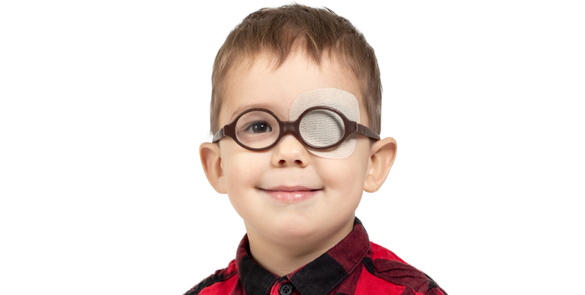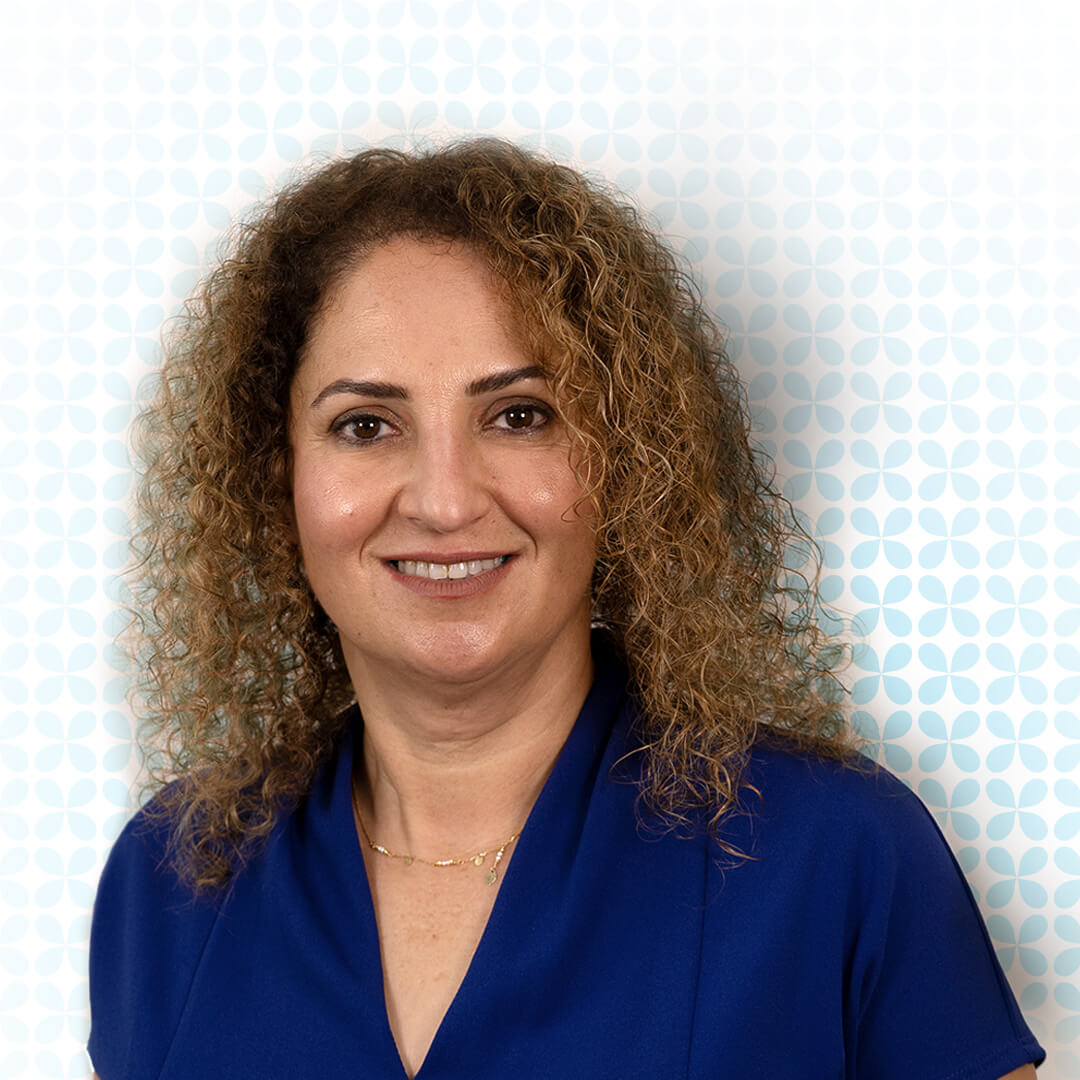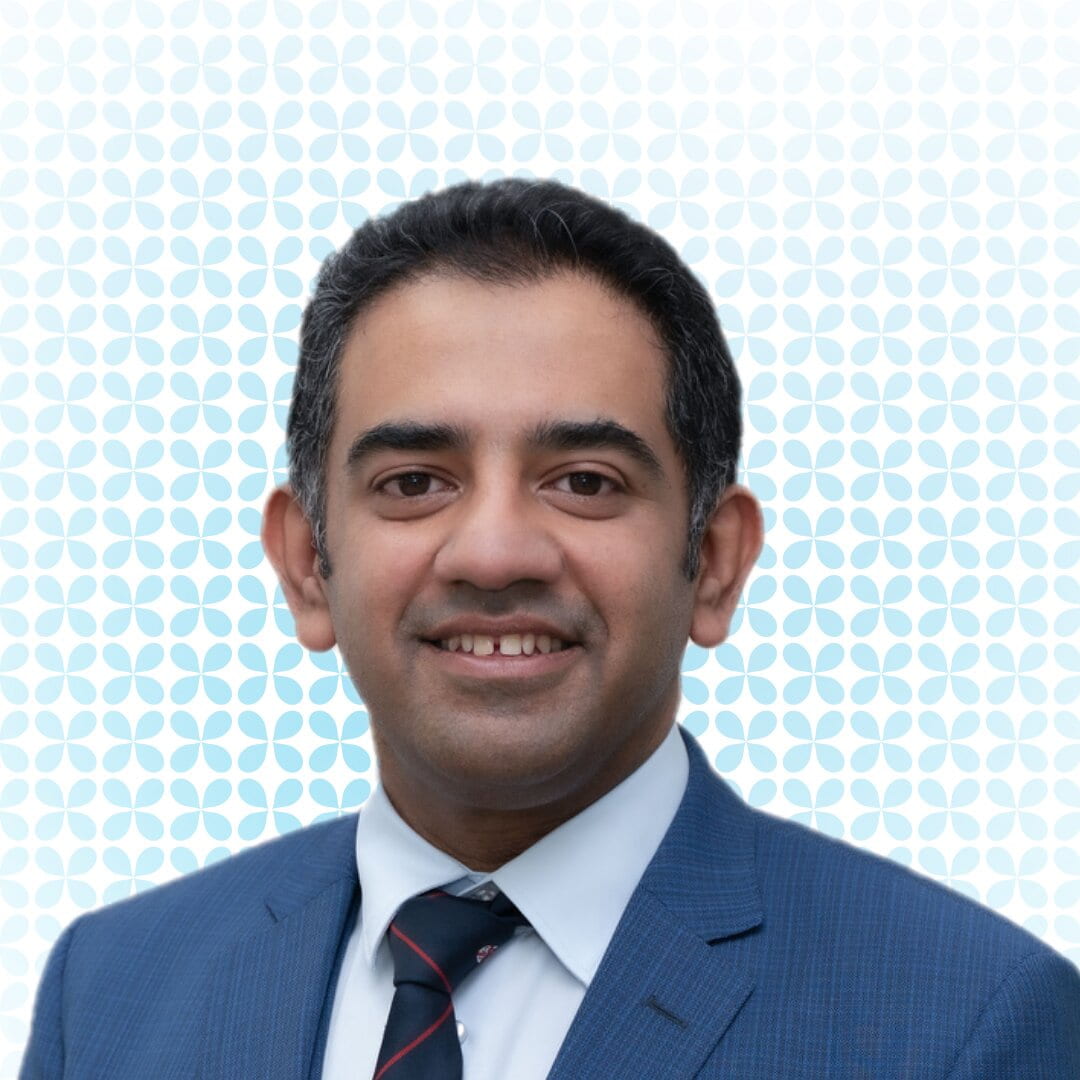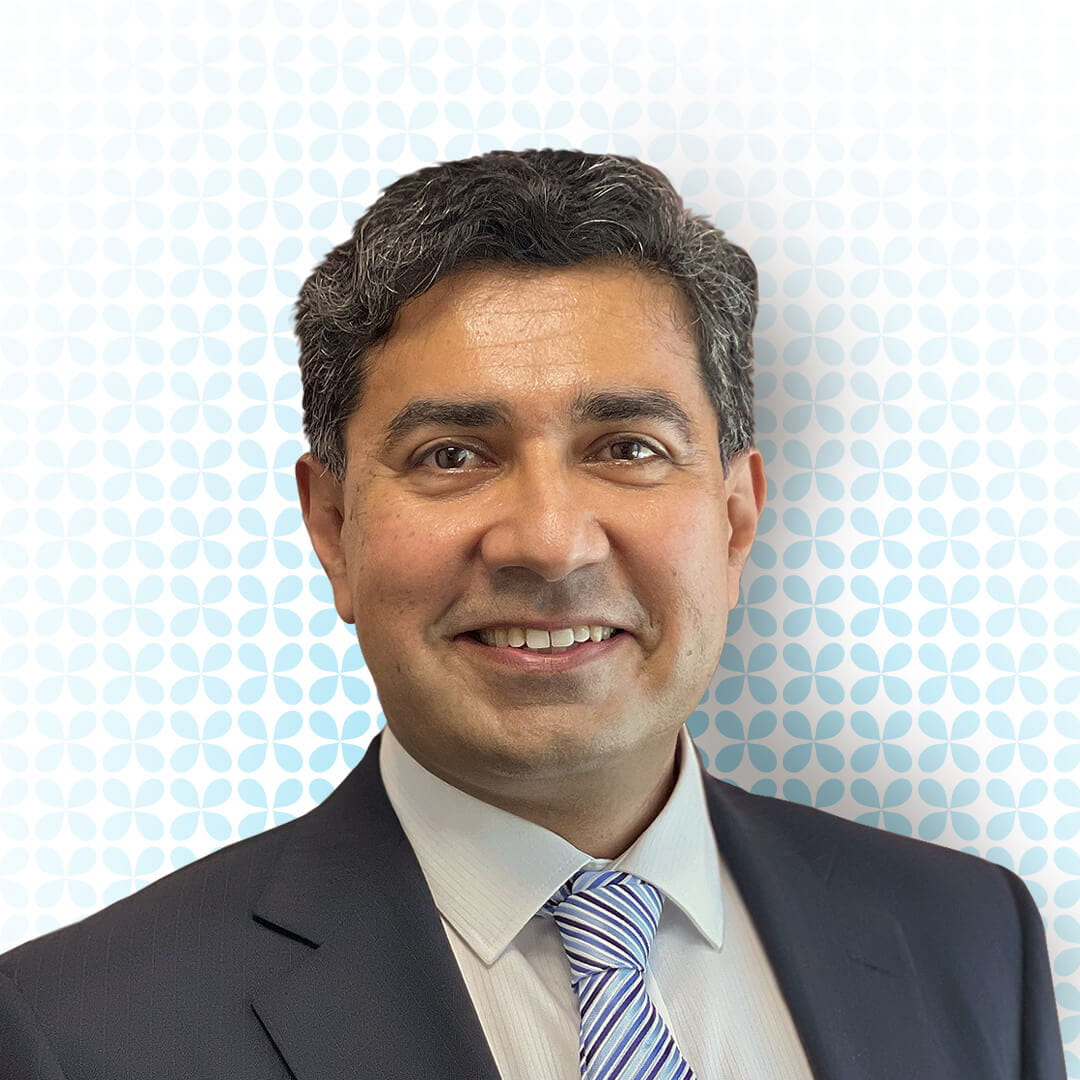About Amblyopia
Amblyopia, also known as a ‘lazy eye’, is a childhood condition where a child’s eyesight does not develop in the way it should. The problem is usually just in one eye but can sometimes affect both. If a child has weaker vision in one eye, the brain prefers to use the stronger eye and therefore the visual pathway is not stimulated enough and amblyopia develops.

Causes
- Strabismus (squint): a disorder in which the two eyes don’t line up in the same direction.
- Refractive errors: when one eye cannot focus as well as the other. This includes near sightedness, far sightedness and astigmatism.
- Cataract: a clouding in the lens of the eye.
- Droopy lid that cover the pupil.
- Genetics play a role, too. Amblyopia tends to run in families. It’s also more common in children born prematurely or those with developmental delays.
Symptoms
- Crossed eyes or any other eye deviation
- Poor depth perception.
- Squinting or shutting an eye.
- Amblyopia can be totally silent and discovered on routine exams
Reduced vision in one or both eyes can often be treated with glasses alone. Therefore, firstly, we correct any refractive error (need for glasses). Glasses can take up to 16 weeks to have their full effect on children’s vision. If after this time, the vision is still reduced in one eye we may begin amblyopia therapy.
Patching
By covering the stronger eye with a patch for a specific number of hours per day, we encourage the child to use the weaker eye, which can strengthen the amblyopic (weaker) eye and allow the visual development to ‘catch up’.
What should your child do when wearing a patch?
There are no specific tasks required while wearing the patch, however children tend to keep their patch on better when they are distracted, so tasks like drawing, reading, colouring, computer games are good. If your child’s sight is very poor, it is best for him/her to play with things that are big and bright so they can be seen more easily at first.
Does patching really work?
Patching will only work if your child wears the patch as instructed. If started at an early age, patching is usually successful.
How much patching will your child need?
This varies from child to child. The length of time a patch will need to be worn depends on the age of your child and the level of vision in the amblyopic eye. If your child wears glasses, the patch should be worn under the glasses. The Orthoptist will see your child regularly to monitor progress.
Which patch?
There are various types of patches available, but we always recommend a sticky patch rather than a fabric one. Children are much more likely to peak around the fabric one.
Atropine
Atropine is an eye drop that is another first line treatment for amblyopia. The drops are prescribed for use in the stronger eye, usually two times a week. Atropine is a cycloplegic drug that dilates the pupil and blurs the image in the non-amblyopic (stronger) eye when the child looks at things up close. This encourages the child to use their amblyopic eye when doing close work. Your Orthoptist will discuss and decide with you which method of amblyopia treatment is most suitable for your child.
Will my child be able to see well enough when using the drops?
Atropine only works when looking at things up close, distance vision is mainly unaffected by the drops, therefore when walking around, your child will see to a similar level to how they normally would. Although the near vision will be a little blurred, for most children it is not a significant problem. However, in some cases where the amblyopic eye is very weak, the drop can make school work a little tricky and so it is advised to mention to your child’s teacher that they may need some more time/extra help. If you feel this is causing significant problems for your child, please contact your Orthoptist.
Will they struggle with bright light?
Because the drop dilates one of the pupils, more light is let into the eye and children can be a little light sensitive. We recommend using sunglasses, hats and staying in the shade where possible.
Request an Appointment







